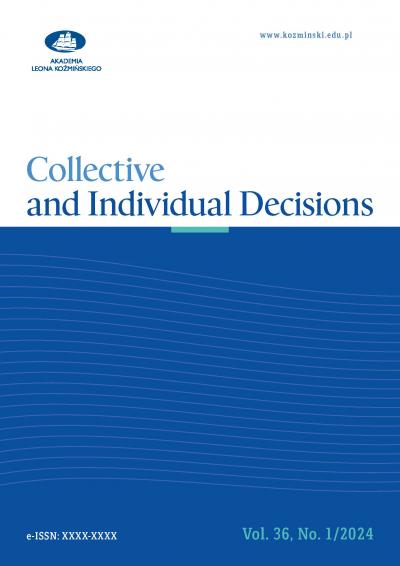Primacy Effects and Voting Methods (Literature Review)
Steven Linder
University of California
(35) Decyzje
DOI 10.7206/DEC.1733-0092.151








